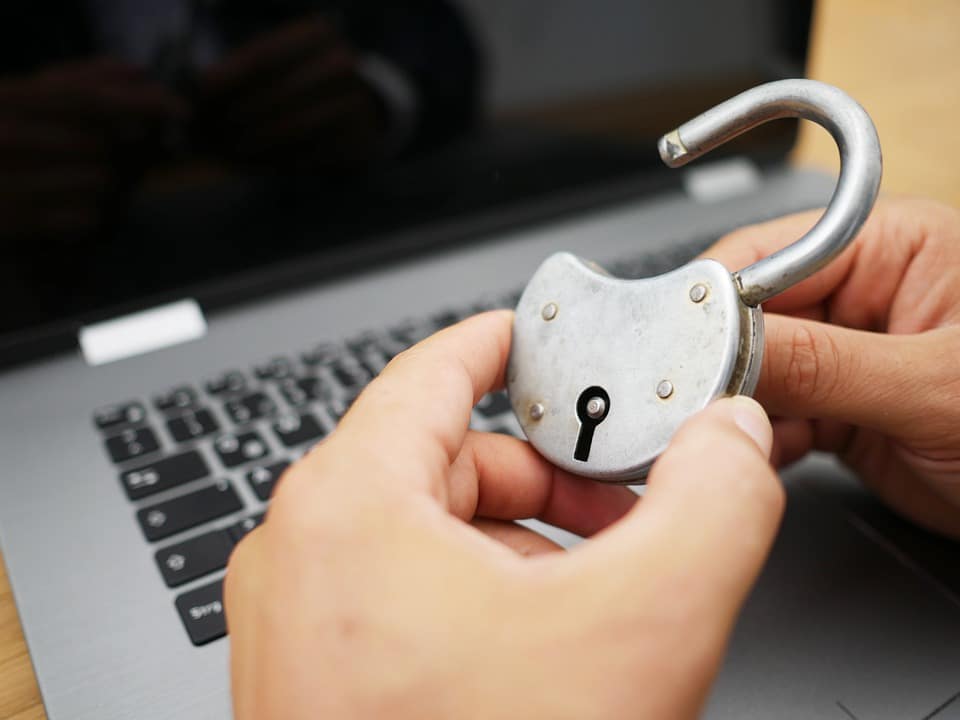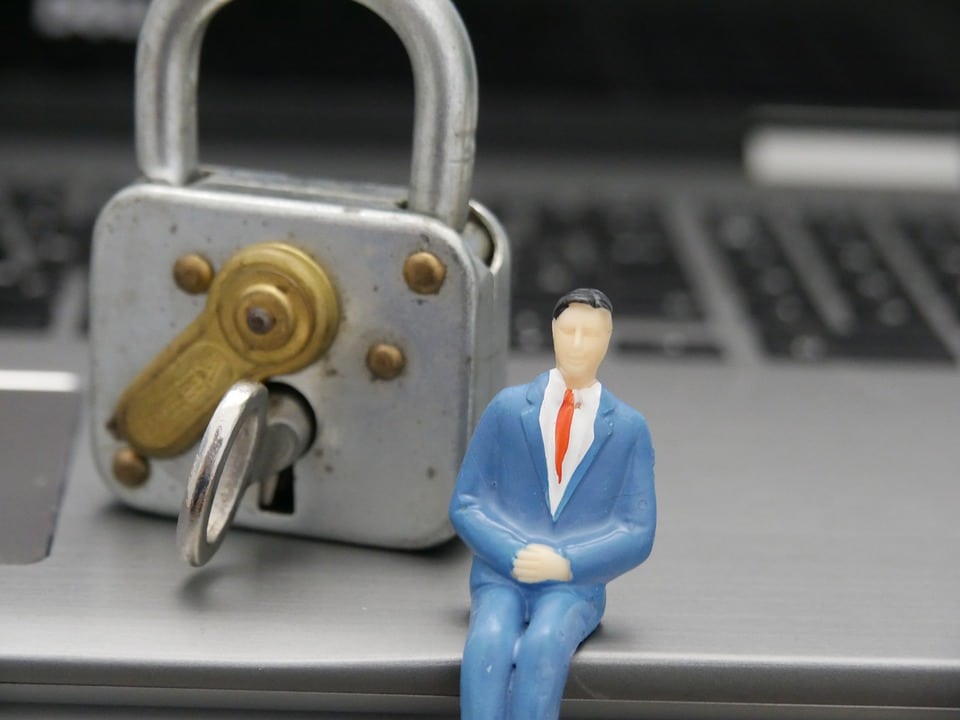 Financial services firms like yours MUST have phishing defense in place to fight back against the top cyber threats of the new year that threaten both you and your clients’ money. Social engineering, email compromise and ransomware reached new levels of impact in 2020 with the mass shift to work from home environments in the COVID-19 pandemic, escalating trends that had been building up over recent years. Predictions for 2021 paint a picture of sustained or growing rates of cyber attack, particularly against bad user security practices like connecting personal devices to your business network and exposing sensitive data to unsecure endpoints.
Financial services firms like yours MUST have phishing defense in place to fight back against the top cyber threats of the new year that threaten both you and your clients’ money. Social engineering, email compromise and ransomware reached new levels of impact in 2020 with the mass shift to work from home environments in the COVID-19 pandemic, escalating trends that had been building up over recent years. Predictions for 2021 paint a picture of sustained or growing rates of cyber attack, particularly against bad user security practices like connecting personal devices to your business network and exposing sensitive data to unsecure endpoints.
The finance industry is one of the most targeted, often after the healthcare and public sectors, and the type of information that is passed between you, your employees and your clients will continue to make you a lucrative victim. Learn how to spot the red flags that accompany a business email compromise (BEC) attempt, strengthen your cybersecurity posture and prevent your system from being phished.
Here are five reasons why financial services firms need phishing defense:
Financial Services Data Requires Phishing Defense
Any time money changes hands (or is facilitated by) via electronic or digital channels, there is a chance that hackers will try to take advantage of any security gaps that exist in your attack surface. Wire fraud is a significant concern among many professional service businesses operating off of email communications, as it is for many finance institutions – and firms like yours sit smack dab in the middle of this Venn diagram of potential victims. That is why banks, broker-dealers, wealth managers and advisors are targeted in many shapes and forms for cyber scams, finding ways to con either an employee or client out of a legitimate payment.
Phishing is the first step many cybercriminals deploy to create a bridge to their value return, either from money stolen directly or by gaining access to your critical data. Once someone has clicked on a link or downloaded an infected file, there is a wide range of techniques to leverage after they have successfully breached your network including wire fraud, which can be hard to spot until well after the scammer jumped into the email thread and redirected the payment. However, often the biggest threat is to your clients’ data, which can be locked out and held for ransom by an attacker that knows the compliance and reputation risks you face if it is lost.
Ransomware Rose to #1 Cyber Threat in 2020
Ransomware rose to the top of the list of malware-based cyber threats in 2020, and its number one vehicle of delivery was phishing unsuspecting users who could provide backdoor access to breach the network. Bad personal security practices and a lack of cybersecurity training among employees were the next culprits, but all three of these factors are inextricably linked together. This trend has climbed to number one precisely because it is a proven methodology that relies on proven behavior patterns that contribute to the best risk/reward scenario for hackers.
As devastating as direct theft is to the victim, there is a lot that could wrong with either wire fraud or other types of malware infection that diminishes the cybercriminal’s value return. Ransomware, however, creates its own urgent call to action since it is your data on the line and the attacker can rely on that sense of urgency to enforce your compliance with their demands. The importance and sensitivity of the information financial services firms have access to make them a prime target for this strategy, where the cost of the ransom is made to look trivial next to the consequences (it is not).
Working from Home Brought New Phishing Campaigns
The reason malware and phishing threats rose exponentially during the COVID-10 pandemic is the chaotic nature inherent in the mass of distributed workforce shifts that came about. While some had significant experience with employees working from home previously, for so many organizations telecommuting at this scale was uncharted territory. Unsurprisingly, this has led to several bad security practices for remote workers everywhere, exacerbated by the pressure many felt to continue to meet deadlines while still adjusting to the new normal.
Compounding the situation further are the dedicated cyber scam campaigns that arise regularly targeting people desperate for information about the virus, stimulus checks, PPP loans, vaccines and every other point in the news cycle. Phishing is most effective when victims are complacent or anxious, and even now there is still much cyber stress for your employees trying to juggle all the responsibilities and distractions of remote work.
Hackers Know Which Emails Financial Services Firms Open
Everyone is inundated with electronic communications today, and going deeper into the topic will bring up many theories that we are being overwhelmed with digital touchpoints. However, email is still the fastest and most cost-effective mode of correspondence and requires you to commit to the tedium of going through your inbox to ensure you do not miss an urgently important message. If you are noticing a pattern emerge, then you are beginning to understand how hackers think – phishing at its core leverages social engineering to catch you when you are more likely to make an emotional decision.
The sophistication of cybercriminals varies tremendously, but even the decent ones get to where they are by studying potential victims to be able to understand their triggers, like receiving a supposed update from FINRA. The best are those that can analyze individual targets to the finest detail and employ the right type of resources to catch them off guard so effectively that no one realizes until it is well past too late. Those spam emails you already received could have been from amateur hackers, or they could have been from professionals testing everyone in your firm for the weakest link.
Employees Are Your First and Last Line of Phishing Defense
Phishing is an unavoidable reality of modern cybersecurity, one of the many that compels you to adjust how you approach keeping your endpoints secure against threats both external and internal. To protect your valuable data, including critical client PII (personally identifiable information), you must empower the natural guardians of your network – your users. Your employees are your first and last lines of defense against cyber attacks, especially methods like email compromise that rely on personal indiscretion as a stepping stone to exploiting an entire system.
The consequences of phishing can be destructive, but the first stage to any successful attack is someone making a momentary mistake, whether from distraction, ignorance or any number of other factors that come into play every day. Training is required to educate your user base on what the dangers are, how to spot the signs and what they can do to prevent being the gateway to a data breach.
Get the Latest Cybersecurity Training with Phishing Defender
Phishing Defender is SWK’s solution for protecting your business against BEC and malware threats by arming your employees with the knowledge, guidance and tools to identify red flags and isolate breach attempts. Through extensive and persistent testing, your network users will be drilled on the warning signs of a phishing email or domain and what bad practices lead to successful intrusion.
Sign up here to learn more about Phishing Defender and how to receive cybersecurity awareness training for your employees.

